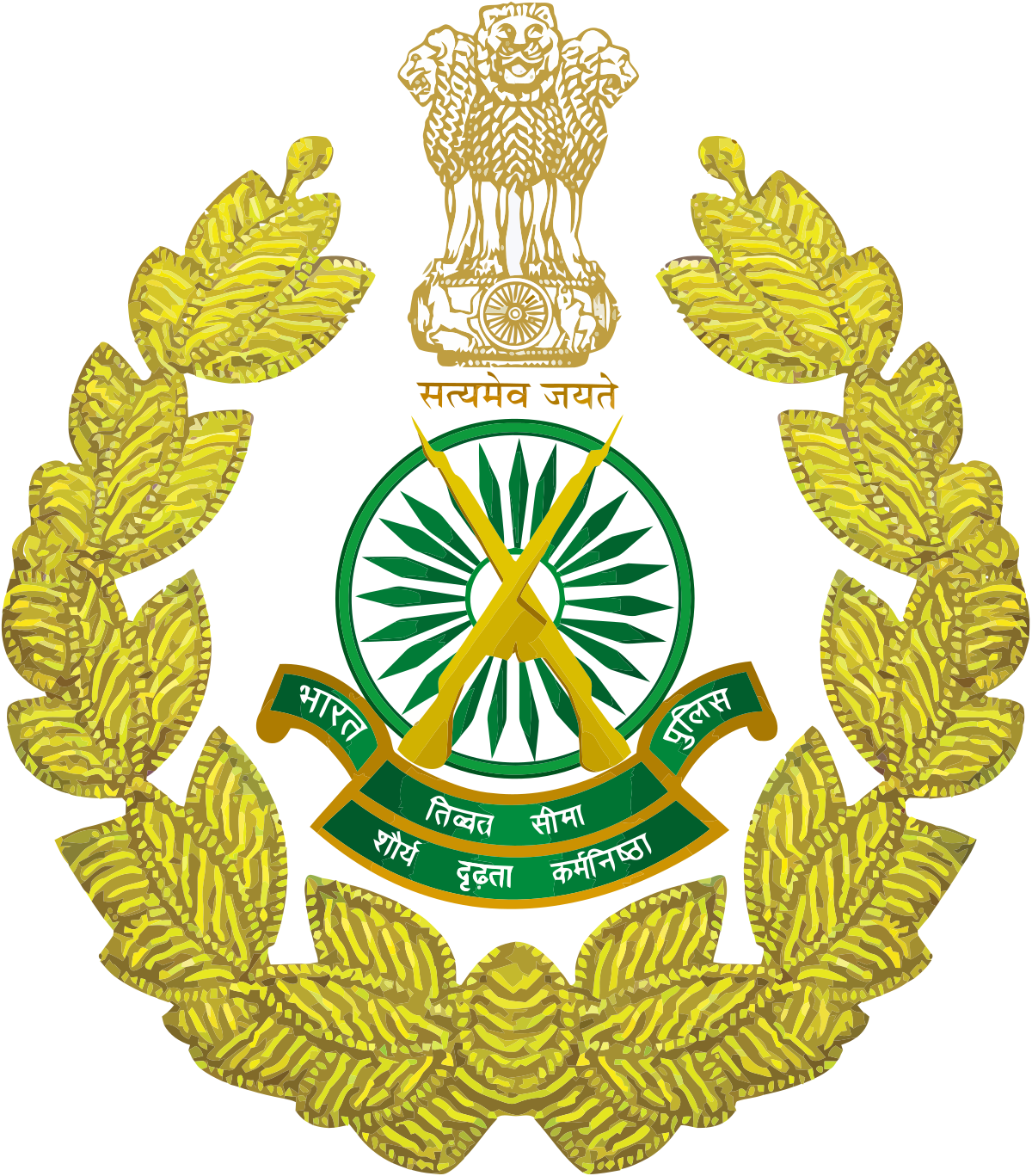How to Start a Community Radio Station in India
The process of setting up a community radio station in India is a promising and significant experience that will allow the development of many communities through the communication of various kinds of valuable information, culture, and entertainment.
Step-by-Step Guide to Starting a Community Radio Station in India
1. Understand the Concept and Benefits of Community Radio
They are controlled and managed by the people who form the social grouping of the society it serves. They offer a local content which can give a representation of the culture, trends and demands of the society.
Cultural Preservation: Promote local culture, traditions, and languages.
Educational Content: Such programs should include educational topics such as mental health, the phase of life, motivation, among others that may be of interest to the audience.
2. Research and Planning
Target Audience: Determine the target group of people you wish to reach.
Content Planning: Plan the type of content you will broadcast (e.g., news, music, talk shows, educational programs).
Funding: Define the first-time and subsequent sources of revenues. Most of the community radio stations are known to be funded through grants, donations, and sponsoring.
3. Community Radio Licensing in India
Getting a license is one of the mandatory requirements that need to be fulfilled when starting a community radio station in India. The Ministry of Information and Broadcasting (MI holds the authority of licensing for the sector.
Eligibility: It is also important that the organization you want to work with meets the above vital requirements so that you can be eligible to work with them. Normally, schools, colleges, universities, Not for Profit organizations and agricultural research organizations are generally servicing.
Application Process: Take the application to the Ministry of Information and Broadcasting. Some of the information as stated include; information on the organization, the new proposed radio station, and the content proposal.
Frequency Allocation: After that, the Wireless Planning and Coordination (WPC) wing of the Ministry of Communications sanctions a frequency.
Technical Clearances: WPC approved technical clearances should be sought from the concerned department in the university.
4. Setting Up the Station
- Location
- Equipment
- Studio Setup
5. Training and Staffing
Ensure that your team and volunteers, especially those who will be handling the microphone are trained in radio broadcasting. This means that one should have technical persons, content developers, as well as organizational staff. Provide awareness creation and sensitization of the community to get involved in the planned workshops and training sessions.
6. Content Creation
News and Updates: Announcements of events happening in a particular region or state, weather conditions and forecasts, and any relevant information in the local region.
Cultural Programs: Singing, rapping, and sharing stories and topics.
Educational Content: Programs on health, agriculture, and education.
Interactive Shows: Public discussions and invitation of people to come on the show.
7. Broadcasting and Promotion: Use social media platforms to reach out to more people.
Conclusion
The setting up of a community radio station in India is an effective tool that gives the communities the power to inform themselves. Following the guidelines above, you will be able to create a community radio broadcast that is useful in providing local information, norms, and interaction. Do not forget that effective planning, great public engagement, and content consistency are the main factors of success.
To know more about how to start a community radio station and the services Jain Radio provides please visit Jain Radio.
#radiocommunitystation #radiostation


